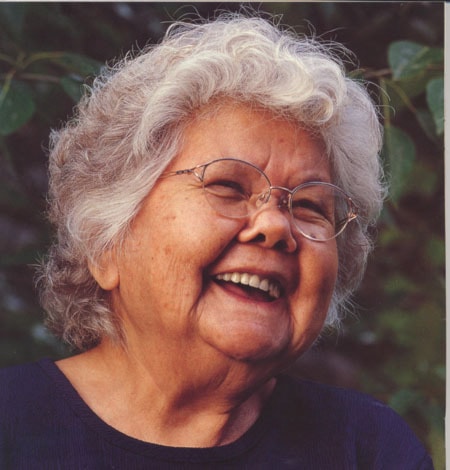By Deborah Chapman
Observer contributor
The Shuswap is known around the world as a place of great natural beauty and unspoiled wilderness. This year R.J. Haney Heritage Village and Museum staff and volunteers celebrate Heritage Week from Feb. 21 to 27 with an exhibit on camping at the Mall at Piccadilly. The celebration is both timeless and multi-cultural. Shuswap residents have enjoyed this waterway for thousands of years.
Long before the Europeans, the First People, the Secwepemc (or Shuswap), used the lake for transportation, food, and, along the shoreline, a place to live. It stands to reason there are no documented pre-contact stories. Fortunately, there are a few post-contact stories about life on the Shuswap. One treasure is found in the community archives at R.J. Haney Heritage Village.
The words are in the voice of the late Dr. Mary Thomas, respected elder from the Neskonlith No. 3 Band. In 2000, Thomas agreed to oversee an exhibit on Shuswap Lake history. She recalled the summers of her childhood spent on the lake in conversation with museum curator Deborah Chapman.
“My mother and dad were often busy clearing land with the pick and shovel, adopting the new way of life. When my parents were busy, my grandparents had to take over raising us... My mother and dad didn’t have time to show us a lot, so I learned everything from my grandmother. My parents were pretty thankful for them. We had two sets of grandparents, one from the father and one from the mother. They traded us back and forth and they loved it. I remember our granny lying with us at night, telling us our legends until we fell asleep.
I can remember going with my grandparents to a beach near Margaret’s Falls. We’d be in our canoes and harvest freshwater clams. It was a tradition in our family. We’d look down in three feet of water and see the clams stand upright and travel really fast. If you scared them they’d disappear into the sand. You had to be really quick scooping them up. We’d have a big bucketful. I wouldn’t dare go harvest clams now, they are so polluted.
At the beach, my grandmother used to have a big pot burning on the open fire. She’d throw the clams in and boil them. She used to shell some of them and make a soup. By that time we had lots of modern vegetables, but my grandmother was great for natural foods. She made her soup out of plants I can remember, but also had a container full of parsley.
We didn’t have tents to sleep in. We slept under the stars with a piece of canvas hung from four poles or trees to shelter us. Sometimes we made a lean-to and slept under that. The lean-to was made from poles and cedar boughs covering its frame. We slept on furs and stared out at the campfire. It was very beautiful. It was a wonderful time of my life.
I remember one summer particularly well. We were out on the lake. Grandfather took us to his favourite fishing spot. We planned to camp nearby. On the beach were stakes driven into the ground. We met a man from Salmon Arm on the beach. He told us that we couldn’t camp there anymore, that he had bought the land. We would have to camp somewhere else. I didn’t understand then. My grandfather’s eyes had filled with tears. I understand now. The lake was being closed off.”
A decade after the story was recorded, it seems fitting that Thomas’ memories are being recognized, and her vision for an interpretive centre is closer to being fulfilled. The 26-acre Mary Thomas Cultural Centre and Heritage Sanctuary will offer an experiential visit. There’ll be stories to listen to, ceremonies to watch, authentic food to eat, a sweat lodge to experience, and the chance to spend a night in a replicated Secwepemc village. Dr. Mary Thomas would be well pleased. Her dream of promoting understanding between cultures is becoming a reality.
